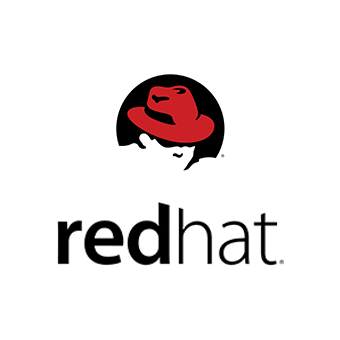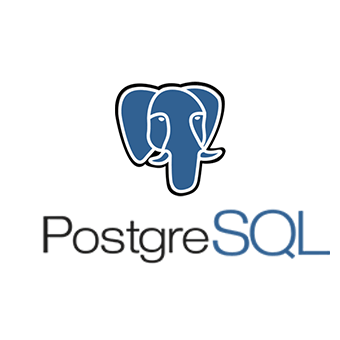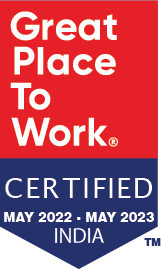Material management is a scientific technique that is concerned with Planning, Organizing and flow of materials from their initial purchase to destination.
Art’s ‘Material Management Services’ includes following Data Management Operations:-
- Data Cleansing
- Categorization
- Data Normalization
- Data Enrichment
To Get
- The right quality
- The right quantity of supplies
- At the right time, place, cost.
Data Cleansing
Data cleansing / data scrubbing is the process of detecting and correcting (or removing) corrupt or inaccurate records from a record set, table, or database.
- Data cleansing is a must to ensure the data in each database is standard and free of errors since there is an increased use of multiple databases in e-commerce.
- Data cleansing is a process of mitigating incorrect / incomplete / duplicate / irrelevant data.
- At the right time, place, cost. *The inconsistencies detected or removed may have been originally caused by user entry errors / by corruption in transmission or storage / by different data dictionary definitions of similar entities in different stores.
Data Cleansing Process Involves:
Data Analysis
It is the process of analyzing the data by experts to identify the content, structure and the quality of the data.
Data De-duplication
It is the process of removing redundant data. Here duplicate data is deleted, leaving unique copy of the data to be stored. This improves data protection, increases the speed of service and reduces the overall costs.
Data Standardization
It is a crucial process where the data is defined, formatted, represented and structured in all data layers. Development of schema or attributes is involved in this process. Data standardization helps in achieving better results in further steps down the road.
Data Normalization
It is the systematic process to ensure the data structure is suitable or serves the purpose. Here the undesirable characteristics of the data are eliminated or updated to improve the consistency and the quality. The goal of this process is to reduce redundancy, inaccuracy and to organize the data.
Quality Check
QC is done to reconfirm the accuracy of data in all stages and at the end of the process by data experts.
Benefits of Data Cleansing:
- Reduced duplicates
- Improved data quality and accuracy
- Improved operational efficiency & reduced hurdles
- Reduced risks, costs and turnaround
- Enables trend analysis and benchmarking
- Improved data security and accessibility
Categorization
Is the process in which ideas and objectsare recognized, differentiated and understood. Categorization implies that objects are grouped into categories, usually for some specific purpose. Ideally, a category illuminates a relationship between the subjects and objects of knowledge.
Data Normalization ( Material Cataloguing) Duplicate part identification and removal
Database normalization is the process of organizing the fields and tables of a relational database to minimize redundancy and dependency. Normalization usually involves dividing large tables into smaller (and less redundant) tables and defining relationships between them. The objective is to isolate data so that additions, deletions, and modifications of a field can be made in just one table and then propagated through the rest of the database via the defined relationships.
Example
Querying and manipulating the data within an unnormalized data structure, such as the following non-1NF representation of customers' credit card transactions, involves more complexity than is really necessary:
| Customer | Transactions | ||||||||||||||||||||||||||||||||
|
|||||||||||||||||||||||||||||||||
To each customer there corresponds a repeating group of transactions. The automated evaluation of any query relating to customers' transactions therefore would broadly involve two stages:
- Unpacking one or more customers' groups of transactions allowing the individual transactions in a group to be examined, and
- Deriving a query result based on the results of the first stage
Data Enrichment
Gain Better Knowledge and Reach Your Most Valuable Prospects Having reliable, valid data is a key factor to the success of your fundraising program. Whether during implementation or as part of your routine database maintenance, you can leverage our Data Enrichment Services to accurately update donor records and prospect lists, eliminate duplications, standardize mailing information to qualify for postal discounts, and more.
Through Data Enrichments Services, you can:
- Increase response rates and revenue
- Improve business processes
- Reach your most valuable prospects
- Reduce mailing costs
Our Goal through Material Management
Our goal in materials management is to provide an unbroken chain of components from production to deliver on time for the customer base. The material department is charged with releasing materials to a supply base, ensuring that the materials are delivered on time to the company using the correct carrier. Materials is generally measured by accomplishing on time delivery to the customer, on time delivery from the supply base, attaining a freight budget, inventory shrink management, and inventory accuracy. The materials department is also charged with the responsibility of managing new launches.
Benefits of Material Management
The effective materials management plan builds from and enhances an institutional master plan by filling in the gaps and producing an environmentally responsible and efficient outcome. An institutional campus, office, or housing complex can expect a myriad of benefits from an effective materials management plan. For starters, there are long-term cost savings, as consolidating, reconfiguring, and better managing a campus’ core infrastructure reduces annual operating costs. An institutional campus, office, or housing complex will also get the highest and best use out of campus real estate.
Purpose of Material Management
- To gain economy in purchasing.
- To satisfy the demand during period of replenishment.
- To carry reserve stock to avoid stock out.
- To stabilize fluctuations in consumption.
- To provide reasonable level of client services.
Objective of Material Management
Primary
- Right price
- High turnover
- Low procurement
- storage cost
- Continuity of supply
- Consistency in quality
- Good supplier relations
- Development of personnel
- Good information system
Secondary
- Forecasting
- Inter-departmental harmony
- Product improvement
- Standardization
- Make or buy decision
- New materials & products
- Favorable reciprocal relationships
Four basic needs of Material Management
- To have adequate materials on hand when needed
- To pay the lowest possible prices, consistent with quality and value requirement for purchases materials
- To minimize the inventory investment
- To operate efficiently.
Our Technology











